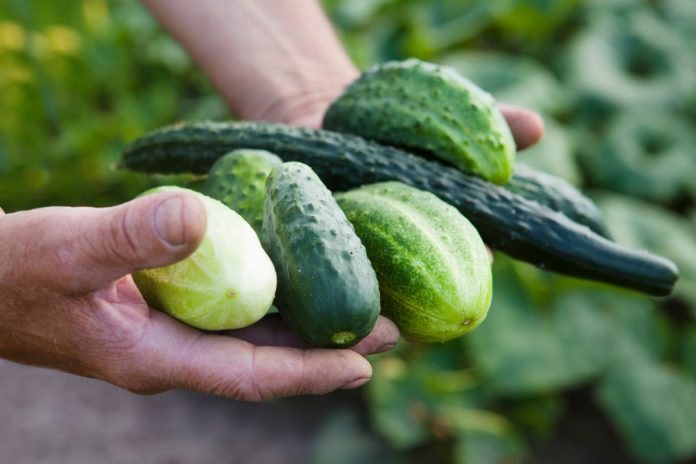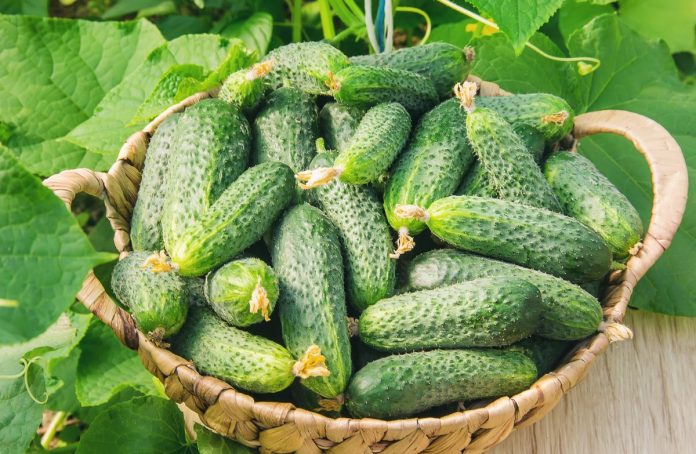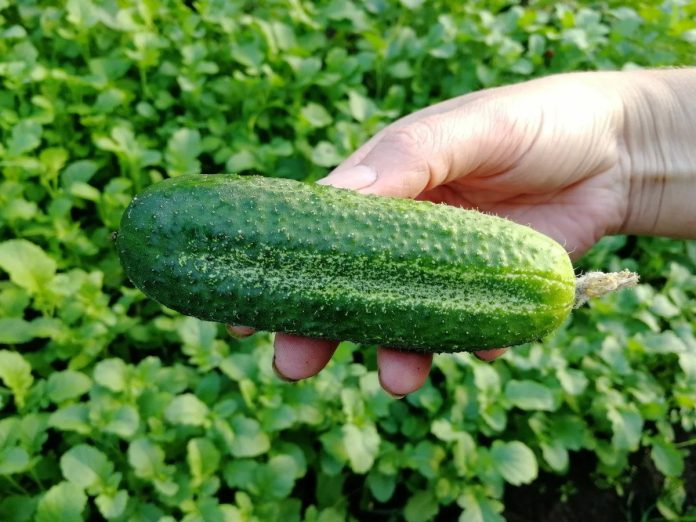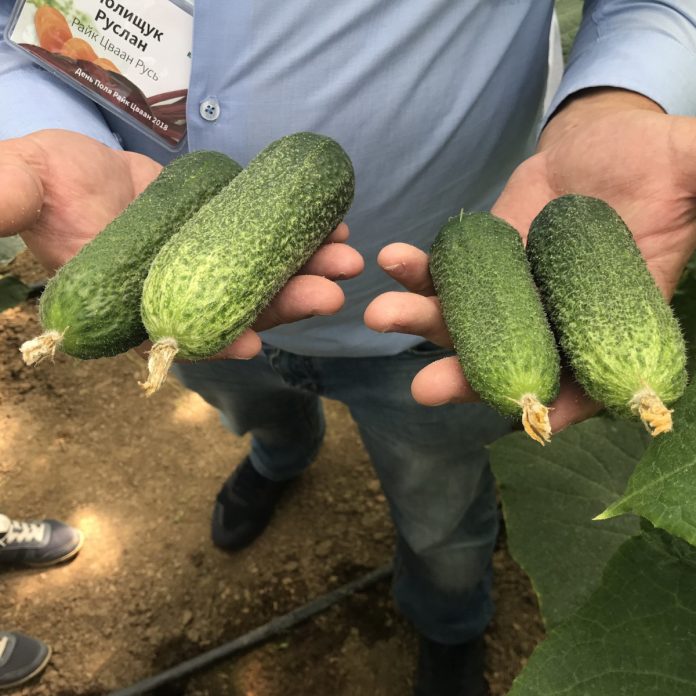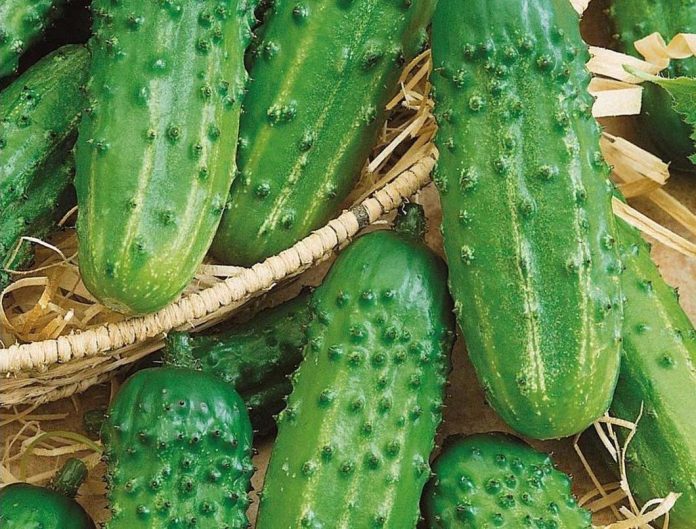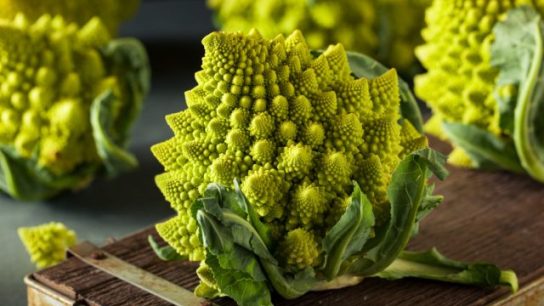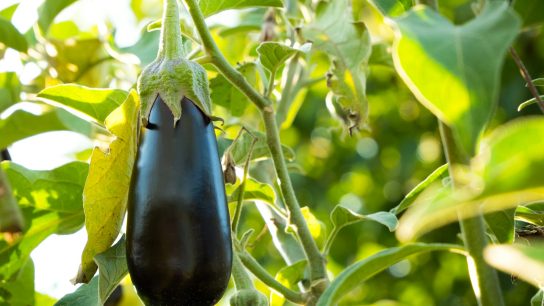Powdery mildew is a common fungal disease of many garden crops, leading even experienced summer residents to despair. The fungus does not just “eat” the leaves and make the plant unattractive. Powdery mildew gradually leads to nutrient deficiency, disruption of tissue conductivity, and stunting of bush growth and development. As a result, the yield is first noticeably reduced, and then the plant dies.
Unfortunately, varietal crops of cucumbers cannot boast of resistance to powdery mildew (with rare exceptions). But at present, many hybrids that are resistant to the disease have been bred. We will tell you about them
1. “Competitor”
A popular variety of indeterminate cucumbers, which pleases summer residents with stable harvests for 40 years. One of the few varieties resistant to powdery mildew. Undemanding to care, bee-pollinated “Competitor” is suitable for growing in open ground and under temporary film. The main trunk can reach two meters in length, branches strongly, quickly braiding everything that is “at hand”. The yield is about 7-8 kg per 1 m2. The variety is immune not only to powdery mildew, but also to brown spots, and other cucumber diseases, as well as common pests.
The fruits ripen early: approximately 45 days from germination. Cucumbers have a high tasting rating, have crispy juicy pulp, and a pronounced cucumber aroma. Can be eaten fresh, salted, and canned. The fruits grow up to 15 cm in length and about 5 cm in thickness. In suitable conditions, they can withstand long-term storage without losing their taste and external qualities.
The disadvantages include the rapid growth of the bushes and their strong branching, which requires periodic removal of the mustache and excess side shoots. In addition, “Competitor” must be removed in time, as overripe cucumbers become bitter, their peel hardens, and the seeds increase in size. Some summer residents consider the need for pollination by insects, that is, planting “Competitor” mainly in the ground, to be a disadvantage of the variety. If you plant the variety in a greenhouse, you will have to pollinate the flowers by hand.
2. “Cloud F1”
Self-pollinating parthenocarpic indeterminate cucumbers of medium ripening period. Designed for growing indoors. The bushes are medium-sized and medium-branched. The yield is approximately 7-7.4 kg per 1 m2. Excellent resistance not only to powdery mildew but also to other common diseases. Suitable for winter preparations, as well as fresh consumption.
Cloud cucumbers are short, up to 12 cm, cylindrical in shape, covered with whitish fluff and thorns. The pulp is crispy with a high tasting score. The crop is not too demanding to care for, but when grown in a greenhouse it requires mineral supplements. “Cloud” is also sensitive to the temperature of water for irrigation (only warm water is needed) and air (20-25˚C).
3. “Clear F1”
Indeterminate “Mazai” can produce whips up to 3.5-4.5 m long! These are early cucumbers that can be picked already 45 days after germination. The crop is self-pollinating, and resistant to powdery mildew, root rot, and other cucumber diseases. Copes well with weather “surprises”. The yield is 6-7 kg per 1 m2 (in a greenhouse up to 12 kg).
The fruits of “Mazai” cucumbers are small, weighing up to 100 grams, about 10-12 cm long. They do not contain bitterness, have crispy juicy pulp, and have excellent taste. Cucumbers are suitable for fresh consumption, pickling, and canning. Thanks to their dense peel, they tolerate transportation and storage in cool conditions well.
The disadvantages of the hybrid include its tendency to overripe, so the harvest must be harvested in a timely manner. In addition, “Mazai” is recommended to be grown in seedlings. Plants to be planted in the ground should be approximately 20 cm in height and have 3-5 developed true leaves.
4. «Trilogy F1»
Mid-early (about 45 days) cucumbers with indeterminate growth. The hybrid is highly resistant not only to powdery mildew but also to other diseases. Designed for cultivation mainly in open areas or temporarily under film. “Trilogy” refers to self-pollinating crops with a female type of flowering. Suitable for salads, pickling, and preservation. The yield is approximately 5-6 kg per bush, provided that it is formed correctly.
The fruits are distinguished by their excellent presentation and excellent transportability. Cucumbers grow about 10 cm in length, no more. “Trilogy” has a sweet and juicy taste, aromatic, without voids. The skin is thin, so salting occurs very quickly.
The disadvantages of the hybrid include poor resistance to downy mildew and the need for the formation of lashes. Side shoots and ovaries located below half a meter from the base of the bush must be removed. Another feature of cucumbers is that voids can form in them during pickling. To avoid this, it is better to pick the fruits at the gherkin stage.
5. “Darling F1”
A vigorous, indeterminate hybrid about one and a half meters long or more. Belongs to mid-early cultures; Approximately 45 days should pass from germination to harvest. Blueberries need pollinating insects to form ovaries, so they grow them in open areas. Resistant to powdery mildew and common pests.
Cucumbers are spindle-shaped, and small: they barely reach 10-11 cm in length, and grow up to 4 cm in thickness. The Blueberry peel does not contain bitterness, and has a high tasting score, crispy juicy pulp. The hybrid is consumed fresh, and used for pickling and canning.

